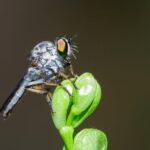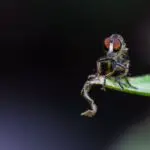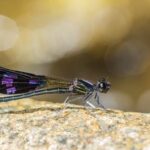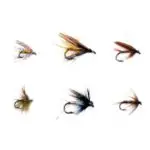How Do Flies See?
Flies have a unique ability to see. They can see nearly 360 degrees, but their vision is not as clear as ours. This allows them to easily fumble around looking for food. While this is an advantage, they are still short-sighted. Because they lack the ability to control the amount of light they see, their vision is poor. Because of this, flies tend to stay close to their food sources when they are at dusk.
The eye of a fly is composed of thousands of individual visual receptors called ommatidia. Each ommatidium contains a pixel-like image, called a rhabdom. When light hits the ommatidium, the photopigments are stimulated. These tiny images converge to form the large visual image. The more ommatidia the fly has in its compound eye, the clearer the image it creates.
Flies have the fastest visual response of any animal. It is thought that this ability may result from the fact that their photoreceptors physically contract in response to light. When this happens, a mechanical force is created, generating an electrical response that is sent to the brain faster than chemical messengers.
Researchers say this pathway isn’t limited to flies. Other animals, such as mantis shrimp, don’t use a comparison between photoreceptors and rely solely on shortcut circuits. But scientists have yet to determine if this pathway is exclusive to flies.








